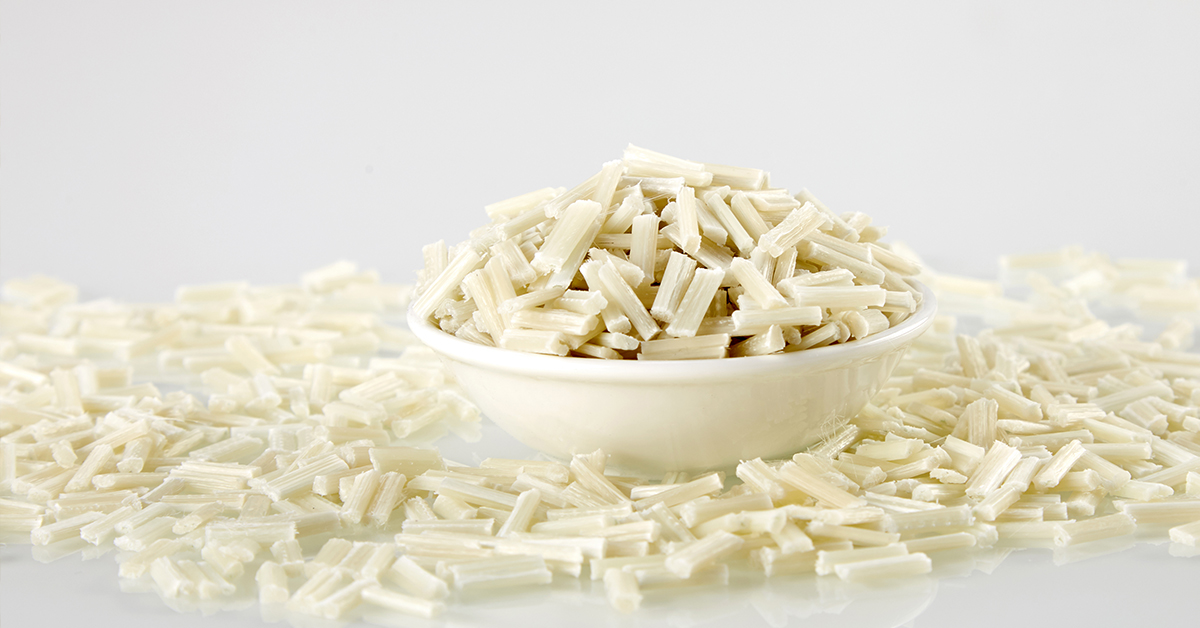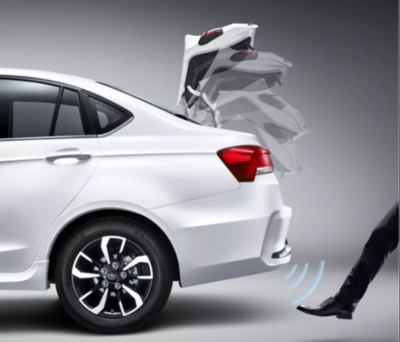Полипропиленовый пластик, армированный длинным стекловолокном, относится к модифицированному полипропиленовому композитному материалу, который содержит стекловолокно длиной от 10 до 25 мм. После литья под давлением и других процессов формируется трехмерная структура. Его также называют полипропиленом из длинного стекловолокна или LGFPP. Есть также много материалов в стране и за рубежом, называемых термопластом, армированным длинным волокном, как LFT, то есть аббревиатурой термопластика, армированного длинным волокном. По определению материала LGFPP относится к разновидности LFT.
Характеристики материала
Микроструктура определяет макрохарактеристики, поэтому пластмассы, армированные стекловолокном (LGFPP) длиной 10–25 мм, по сравнению с обычными пластмассами, армированными стекловолокном (GFPP) длиной 4–7 мм, имеют более высокую прочность, жесткость, ударную вязкость, стабильность размеров, низкую деформацию. Кроме того, полипропилен, армированный длинным стекловолокном, имеет лучшее сопротивление ползучести, чем полипропилен, армированный коротким стекловолокном, даже если он подвергается воздействию температуры 100℃.
On the injection molding product, the long glass fiber interleaved into a three-dimensional network structure, even after the polypropylene substrate is burned, the long glass fiber network still forms a certain strength of the glass fiber skeleton, while the short glass fiber after burning generally into a non-strength fiber skeleton. This is mainly because the ratio of length to diameter of reinforced fiber determines the reinforcement effect. The critical length to diameter ratio is L/D. The packing and short glass fiber with the critical length to diameter ratio less than 100 have no reinforcement effect, while the long glass fiber with the critical length to diameter ratio less than 100 has the reinforcement effect.
Compared with metal materials and thermosetting composites, the density of long glass fiber plastics is low, and the weight of the same parts can be reduced by 20~50%. Long glass fiber plastics can provide designers with greater design flexibility, such as forming parts with complex shapes, integrating the number of parts used, saving the cost of the mold (generally the cost of long glass fiber plastic injection mold is about 20% of the cost of metal stamping mold). Reduce energy consumption (production energy consumption of long glass fiber plastics is only 60~80% of steel products, 35~50% of aluminum products), simplify the assembly process.
What are the typical application parts of automobile
Based on the application advantages of long glass fiber material, it has been applied more and more widely in automobiles. In the mainstream models and new models, we have seen more and more of the following parts are made of long glass fiber reinforced polypropylene material. Long fiber reinforced polypropylene is used in car dashboard body frame, battery bracket, front end module, control box, seat support frame, spare placenta, fender, chassis cover plate, noise partition, rear door frame, etc.

The following, a few long glass fiber plastic typical application parts are introduced.
Front-end module: For automotive front-end module, PP-LGF30 material is used, which can integrate more than 10 traditional metal parts such as radiator, horn, condenser and bracket into a whole; Compared with metal parts, more corrosion resistance, low density, weight reduction of about 30%, with higher design freedom, can be directly recycled without classification treatment; Reduce the manufacturing cost, have obvious cost reduction advantage.
Instrument panel body skeleton: for soft instrument panel skeleton material, LGFPP than filled PP material higher strength, bending modulus change, better mobility, under the same strength, instrument panel design thickness can be reduced to reduce weight, general weight reduction effect of about 20%. At the same time, the traditional multi-component dashboard bracket can be developed into a single module. In addition, the material selection of the instrument panel front defrosting air duct body and the instrument panel middle skeleton is generally the same material as the instrument panel body skeleton, which can further improve the weight reduction effect.
Door module (door middle plate frame)
The Hyundai Sonata Plastic door module, once made of SABIC STAMAX long glass fiber polypropylene, won the American Society of Plastics Engineers (SPE) Innovation Award. The front door module of the new Ford Fiesta incorporates a variety of functional components, such as door locks, door glass lifters, speakers, and anti-theft devices. Mazda 6 door inner plate, FAW Pentium B70 and so on are made of LGFPP.
Shifting mechanism: The shifting mechanism mainly uses metal materials and short fiber vinylone materials. At present, a few foreign models have tried to use long glass fiber reinforced polypropylene materials to replace short glass fiber nylon materials in the shifting mechanism skeleton. Nylon material is easy to absorb water, the water absorption rate of finished parts is generally above 0.7%. In high temperature and humidity environment, there is the risk of failure; If the change is not easy to absorb the long glass fiber polypropylene material, can avoid the occurrence of such problems. At the same time, the use of long glass fiber reinforced PP material, can play a role in reducing weight and cost.
Electronic accelerator pedal: electronic accelerator pedal arm needs to bear a large force, therefore, the selection of materials need to have excellent mechanical properties, good toughness, at high and low temperature material properties can not have big changes. At present, the electronic accelerator pedal arm is mainly made of glass fiber reinforced PA. Tycona Materials has successfully used long glass fiber plastics (Celstran PP-LGF40/50) for electronic accelerator pedals, as shown in Figure 9, which have low odor and high strength properties at a lower cost than PA reinforced materials.
Long glass fiber plastic can be used in the seat back, replacing the traditional steel skeleton can achieve 20% weight reduction, and excellent design freedom and mechanical properties, expanded riding space and other features.
In addition, long glass fiber plastic can be made into battery tray, skylight frame, spare tire compartment and spare tire compartment cover. Ford KUGA(2010) adopts PP-LGF40 back door inner panel.
